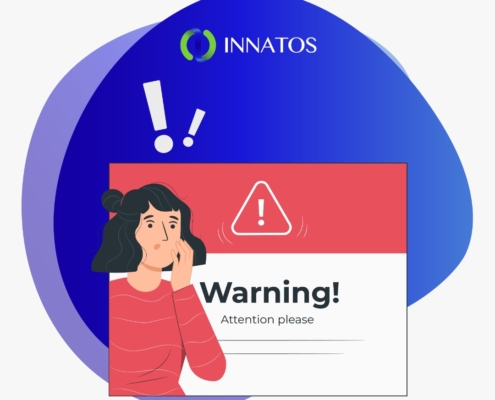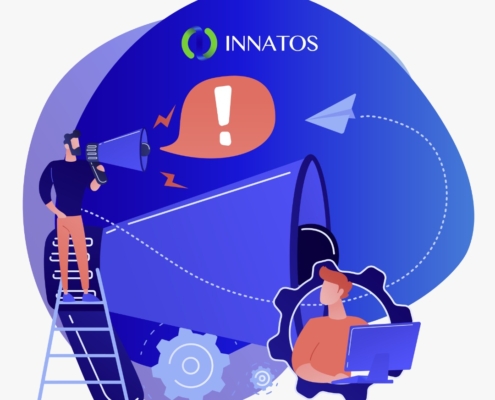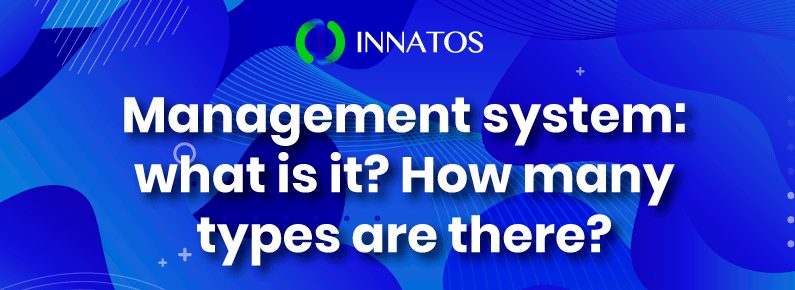How To Write A Proposal That Justifies Your Investment Into An Alerting System
How To Write A Proposal That Justifies Your Investment Into An Alerting System. So you’ve decided your company needs to invest in an alerting system to help you improve internal communications. You’ve done the research and you’ve narrowed it down to a few different vendors. But you can’t just go and purchase one without making the right process. In most organizations, when you plan to make a significant purchase, you will need to produce a funding proposal that is presented to the area responsible for allocating budgets and finances.
Your business case or funding proposal is a pitch to “sell” the importance of what you are trying to procure, highlighting how it works and what benefits it will bring to the organization. Here is an example of how you can create a great investment proposal and secure funding from the appropriate decision-makers to obtain an alerting system, such as DeskAlerts, for your organization.
You can also download a free investment proposal template for alerting solutions (MS Word):
Free Investment Proposal Template
Here you should explain the aim and objectives of the software you want to invest in. For example:
The communications team proposes to invest in a software system that will provide the organization with an alerting system that can instantly send messages to employee computer screens featuring important corporate communications and ensure important information is shared more effectively.
This system will allow the team to send real-time messages in many ways including pop-up notifications, screen savers, and a scrolling news ticker. The system can be configured to send messages to the entire company, or targeted groups of users.
The IT department would be involved in the configuration of the system, however, the day-to-day management of the software, including devising and distributing the messaging, would be the remit of the communications team.
The system would be useful for other parts of the organization such as senior management, human resources, and IT when they need to communicate with the entire company and the communications team would be able to help facilitate that.
Strategic context:
 Here you should explain the problem you are looking to solve. For example:
Here you should explain the problem you are looking to solve. For example:
To date, our organization has relied on email for internal communications, which is an unreliable tool for sending information. Most emails are never opened, and the system of email requires someone to open and read the new message to receive the information.
An alerting system provides a quick and highly reliable alternative to email. Notifications are sent straight to computer screens as pop-ups or via the scrolling ticker. These can’t be missed or ignored like emails. This means urgent and time-critical information can be seen and people can act accord the urgency. If the screensaver feature is chosen then messages would be sent straight to every employee’s screen.
There is scope for messaging to be sent meaning that important information and announcements will not be missed by employees, it can also be used as an emergency notification system.
Messages can be standalone communications campaigns or can reinforce other messaging and communications campaigns that are being carried out using other channels.
Messages can be sent to the entire company or specific groups only. For example, we would have the ability to send to specific work teams, or all staff based in one particular office location.
Time frames:
Here you should create a delivery timeline of this software solution. For example:
It is proposed that if funding is successful, the preferred software system will go through the usual procurement process. The IT department will install, configure and test the system before deploying it company-wide. The Communications team would create protocols and policies around how the software is to be used as an internal communications tool, about creation and approvals processes. It is expected this process would take xx months.
Benefits:
Here you should outline what the specific benefits to your organization will be. For example:
The software solution will help to improve communications across the entire organization.
Improved communications are critical for success so that employees can understand what is required of them. It also helps to reduce the risk of mistakes being made.
Improved communication is better for productivity and profitability, as well as boosting levels of employee engagement.
Options:
Here you should outline the options that you are proposing. For example:
Software package a) includes (list features) and is available for (x number users) at an annual cost of (price).
Software package b) includes (list features) and is available for (x number users) at an annual cost of (price).
Software package c) includes (list features) and is available for (x number users) at an annual cost of (price).
Outline the preferred option from the rest. What are its benefits compared with the other options, and how does it better fit your organization’s specific needs?
Risks, Investment:
Here you will have to point any potential negative consequences from having the software and also from not have it. This includes communication, impact on the other departments, resourcing issues, and so on. You will need to write these specific risks to your organization according to their particular needs.










Leave a Reply
Want to join the discussion?Feel free to contribute!